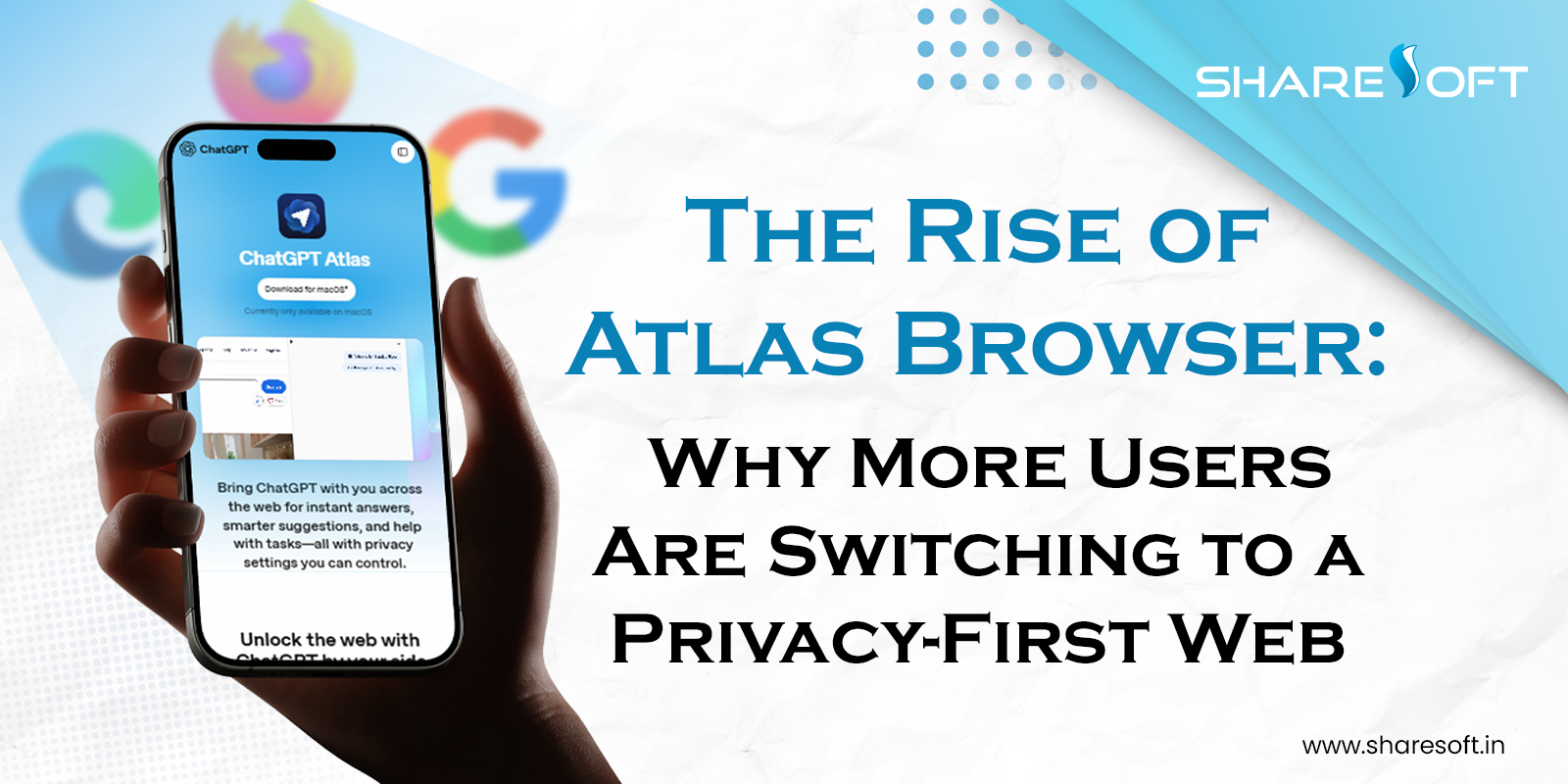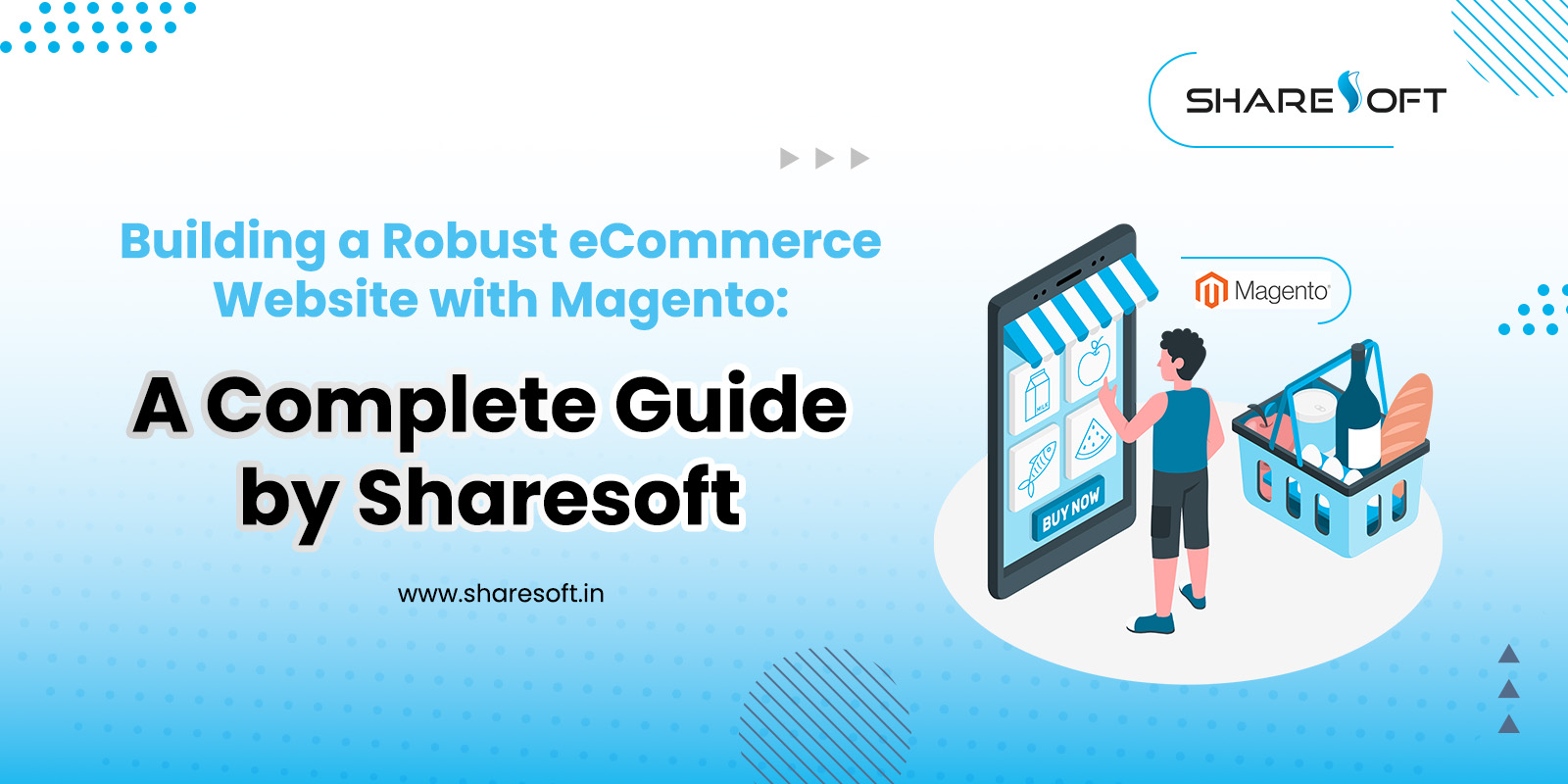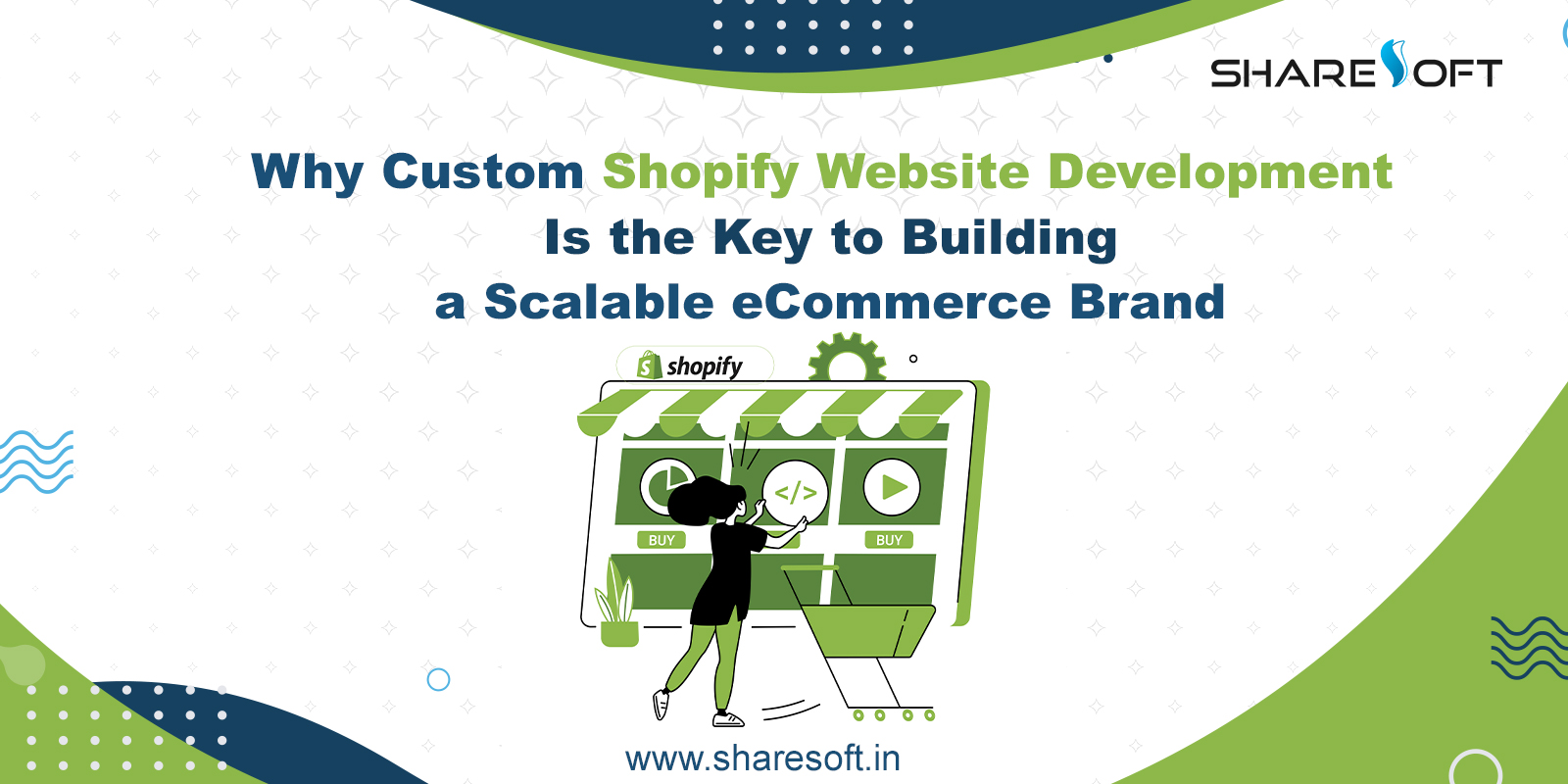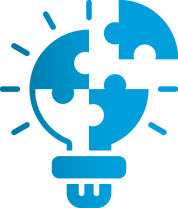
Latest Blog
When your business crosses a certain scale—many SKUs, high order volume, multiple sales channels, global customers—you can’t just use basic eCommerce setups. Your platform, theme, infrastructure, and partner all need to handle complexity, performance, security, and constant growth.
If you’re an enterprise brand (or aiming to be one) wanting Shopify development services best suited for big demand, this guide is for you. We’ll walk you through what makes Shopify enterprise-level, what kinds of development services you need, how to choose the right partner, and how to make sure your investment drives ROI.
Why Many Enterprise / eCommerce Companies are Choosing Shopify
Here are some reasons large businesses prefer Shopify (and why Shopify Plus often enters the picture):
-
Scalability & Reliability
-
Shopify handles huge traffic spikes, especially during sales events (Black Friday, etc.).
-
With Shopify’s infrastructure (especially Plus), you get better uptime, redundancy, server performance, and global CDN support.
-
-
Security & Compliance
-
Enterprise eCommerce demands high security: payment security (PCI-DSS), data protection, SSL, regular updates.
-
Shopify manages much of the security layer, patching, backups, etc. That frees your internal team to focus on business logic and customer experience.
-
-
Multi-Channel & Global Operations
-
Enterprises often sell via web, marketplaces, retail stores, social channels, etc. Shopify supports integration with POS, social commerce, APIs for marketplaces.
-
Also globalization: multi-currency, multi-language, tax rules, shipping/logistics across borders.
-
-
Performance & Speed
-
With many SKUs, many images, many customers, page speed, site responsiveness and load times become critical. Slow pages kill conversions.
-
Shopify (especially optimized themes, headless setups, etc.) lets big stores perform well across devices.
-
-
Ecosystem & Extensibility
-
Large businesses need custom features, integrations (ERP, CRM, logistics, marketing automation). Shopify’s app store + custom app capability + API access helps.
-
Shopify Plus adds more features: advanced API limits, custom checkout, better automation.
-
-
Maintenance & Operational Efficiency
-
With larger teams, many stakeholders (marketing, ops, product, tech), having clean processes, version control, staging, robust testing is vital.
-
Key Shopify Development Services Enterprise eCommerce Businesses Need
To support enterprise scale, here are categories of services you’ll likely need. Your Shopify development partner should offer many (or all) of these, with experience and maturity.
| Service Type | What It Involves | Why It’s Important at Enterprise Scale |
|---|---|---|
| Consultation & Strategy | Requirements gathering, business goal alignment, tech stack planning, roadmap, audit existing infrastructure | To avoid costly mistakes later, ensure you build what you need, not just what looks good. |
| Custom Theme / UX / Design | Designing and building themes that reflect brand identity, optimize conversions, support large catalogs, custom navigation / filtering, headless frontends if needed | Off-the-shelf themes often lag in flexibility and performance when your catalog grows large. |
| Custom App / Feature Development | Custom modules (e.g., complex product configurators, bundling, subscription logic, loyalty integrations), third-party API integrations (ERP, shipping, tax, etc.) | Out-of-box apps may not cover all edge cases; custom apps help tailor to your workflow and differentiation. |
| Headless Architecture / Composable Commerce | Separating front-end from back-end (using Shopify’s Storefront API, frontend frameworks), giving flexibility for highly custom experiences, faster UX updates | For enterprises wanting very unique user experience, greater control over performance and scaling. |
| Migration Services | Moving from legacy platforms (Magento, SAP Commerce Cloud, custom built), data migration (products, customers, orders), URL redirects, preserving SEO traffic | Many enterprises already have big investments; migration with minimal disruption is critical. |
| Performance Optimization | Image optimization, lazy loading, CDN usage, caching, clean code, mobile performance, core web vitals (LCP, FID, etc.) | Faster performance improves user experience, SEO, conversion rates—especially when traffic is high. |
| Security, Compliance & Governance | Payment compliance, data privacy (GDPR, CCPA, etc.), secure authentication, regular security audits, least-privilege access, audit logs | For enterprises, failing in security or compliance leads to reputational & legal risk. |
| Multi-Store / Multi-Tenant Management | Managing many storefronts (for different geographies, brands), shared vs separate resources, shared or localized catalogs, unified reporting | Helps centralize operations, unify metrics, reduce overhead. |
| Ongoing Support, Maintenance & Monitoring | Platform updates, app updates, bug fixes, monitoring uptime, performance, security, adding features as business evolves | Without ongoing care, even a great build degrades over time. |
What Makes a Great Shopify Partner for Enterprise eCommerce
Picking the right partner (developer / agency) is just as important as picking Shopify itself. For enterprise work, the bar is higher. Here are what to look for:
-
Proven Track Record with Large Stores
Check their portfolio: do they have stores with many SKUs? International shipping? Multiple languages? High traffic? -
Experience with Shopify Plus & Headless
Many enterprise businesses benefit from Plus or headless setups. Your partner should understand the trade-offs, cost implications, API limits, etc. -
Deep Technical Skills
Not just front-end design, but backend, integrations, DevOps, performance tuning. Ability to handle custom apps, API integrations. -
Strong UX & Conversion Focus
Enterprise brands must constantly optimize conversion funnels, UX (filtering, navigation, search, checkout). A beautiful design alone isn’t enough. -
Excellent Communication & Governance
When teams are large, timelines are long, having clear project management, version control (Git), QA process, staging environments, rollback ability is critical. -
Support, Maintenance & SLAs
Expect ongoing optimization, not just “built and delivered.” Monitor performance, fix bugs, handle security updates, etc. -
Data-Driven & Security Minded
Should use analytics, performance metrics, monitoring, security best practices. Also regulatory compliance.
Challenges That Enterprise Shopify Implementation Typically Face
It’s not all smooth sailing. Even with a capable partner, there are typical challenges. Being aware of them helps you plan and mitigate.
-
Legacy System Integration
Many enterprises already have complex back-end systems (ERP, CRM). Integrating these with Shopify (especially headless or custom apps) can be complex. -
Data Migration & SEO
Moving content, products, customer data, orders, reviews, etc., while preserving SEO (redirects, URL structure, metadata) is delicate. -
Performance Under Load
Ensuring the site is fast under high traffic, with optimized media, caching, CDN, etc. -
Customization vs Maintainability
More customization often means more maintenance. Each custom feature may need updates as Shopify or its APIs evolve. -
Cost & Timeline
Enterprise‐grade development costs more and takes longer. Expect planning, testing, QA, staging, etc. -
Security, Compliance & Data Privacy
Handling customer data securely, meeting legal requirements for different jurisdictions, securing APIs, etc.
How to Strategize Shopify Development for Enterprise Success
If you’re an enterprise brand planning Shopify development, here’s a strategic roadmap you can follow to ensure success:
-
Kick-off & Discovery
-
Business goals (growth, markets, sales channels)
-
Customer personas & journeys
-
Audit of current systems, performance, pain points
-
SEO review (ranking, traffic sources, content gaps)
-
-
Architecture & Roadmap Planning
-
Decide between Shopify Plus or regular plans (or a hybrid)
-
Determine if headless or standard architectural setup is best
-
Plan for integrations (ERP, shipping partners, payment providers)
-
Define milestones, SLAs, KPIs
-
-
Design & UX Prototyping
-
Wireframes, mockups tailored for enterprise workflows (e.g. bulk orders, filtering, filtering, search performance, B2B portals)
-
Mobile-first / responsive design
-
Usability testing
-
-
Development & Integrations
-
Theme development / custom theme + performance optimizations
-
Custom apps or extensions where necessary
-
API integrations with backend systems (inventory, fulfillment, pricing)
-
Testing (unit, integration, user acceptance)
-
-
Migration & Launch
-
Data migration with SEO in mind (URLs, redirects, metadata)
-
Performance testing (load test)
-
Security auditing and compliance checks
-
Launch with minimal downtime
-
-
Post-Launch Optimization & Support
-
Monitor site speed, user engagement, conversion rates
-
Iterate based on analytics and feedback
-
Regular updates, bug fixes, new feature rollouts
-
Continuous security checks and backups
-
-
Scaling & Global Expansion
-
Adding new storefronts or markets, multi-language, multi-currency
-
Local regulations & compliance
-
Local UX optimization
-
Measuring Success: Metrics You Should Use
When investing enterprise-scale development, you need to track metrics to know if it’s paying off:
-
Page load times (First Contentful Paint, LCP, TTI)
-
Conversion rate / Average Order Value
-
Cart abandonment rate
-
Customer retention / return rate
-
Sales per visitor / traffic per visitor
-
SEO rankings (keywords), traffic growth (organic, cross-market)
-
Abandoned searches and site search usability
-
Uptime, error rates, and system stability
How Sharesoft Helps Enterprise eCommerce Brands
At Sharesoft, we offer enterprise-grade Shopify development services designed for scale. Here’s what sets us apart:
-
Deep experience with large catalogs, global shipping, multi-currency, multi-language setups
-
Strong expertise in custom app development and API integrations
-
Focus on performance optimization from day one
-
Dedicated project management, staging environments, QA, security audits
-
Post-launch support, optimization, scaling strategy
Transform Your Enterprise Store Today
If you’re leading an enterprise business and want your Shopify store to perform like a marketplace, not just a shop; if you want speed, flexibility, global reach, and a store that scales — Sharesoft is ready to partner with you.
Contact us now to explore how our Shopify enterprise development services can grow your revenue, reduce friction, and deliver a world-class customer experience.
FAQs
Q1. Will Shopify handle millions of SKUs or very large catalogs?
Yes, with proper planning (e.g., caching, shelving, headless frontends, performance optimization) Shopify Plus or custom Shopify setups can handle very large product catalogs.
Q2. Can I migrate from Magento / SAP Commerce / other platforms without losing SEO?
Yes — if you work with a competent development partner, ensure URL redirects, metadata mapping, content migration, and performance are all handled carefully.
Q3. Is headless Shopify worth the cost for enterprise businesses?
Often yes — especially if you need custom front-end experiences, very high performance, flexibility with technology stack, or omnichannel UX. But it comes with more costs and maintenance.
Q4. How long does enterprise Shopify development take?
It depends on complexity — new features, integrations, design, migration, headless setups etc. Typically anywhere from 8-16 weeks or more, depending on scale.
Q5. How do I ensure security and compliance when operating globally?
Use Shopify’s built-in security features, ensure your partner implements SSL, PCI compliance, data protections (GDPR, etc.), secure API integrations, frequent security audits, and localized legal/regulatory checks.








